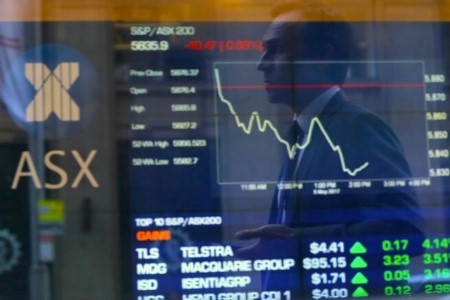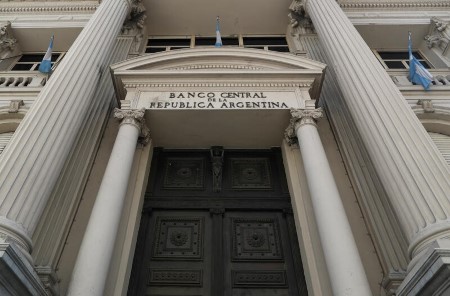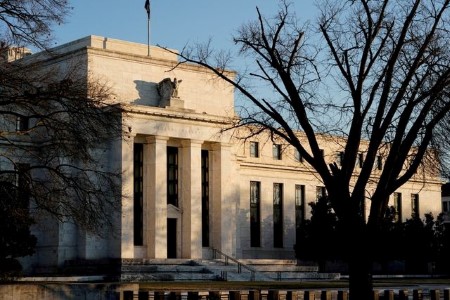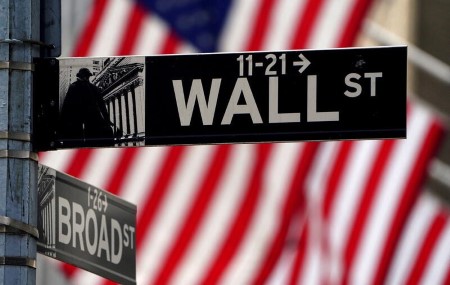Adds Chinese foreign ministry response
By Trevor Hunnicutt
WASHINGTON, May 12 (Reuters) – U.S. President Joe Biden opened a gathering of Southeast Asian leaders with a promise to spend $150 million on their infrastructure, security, pandemic preparedness and other efforts aimed at countering the influence of rival China.
On Thursday, Biden started a two-day summit with the 10-nation Association of Southeast Asian Nations (ASEAN) in Washington with a dinner for the leaders at the White House ahead of talks at the State Department on Friday.
Biden smiled broadly as he took a group photo on the South Lawn of the White House before the dinner with representatives from Brunei, Indonesia, Cambodia, Singapore, Thailand, Laos, Vietnam, Malaysia and the Philippines.
While Russia’s invasion of Ukraine is on the agenda, Biden’s administration hopes the efforts will show the countries that Washington remains focused on the Indo-Pacific and the long-term challenge of China, which it views at the country’s main competitor.
Responding to Biden’s latest move, Chinese foreign ministry said it welcomes any cooperation that promotes sustainable development and prosperity in the region.
“China and ASEAN do not engage in zero-sum games and do not promote bloc confrontation,” ministry spokesman Zhao Lijian told reporters in Beijing on Friday.
In November alone, China pledged $1.5 billion in development assistance to ASEAN countries over three years to fight COVID and fuel economic recovery.
“We need to step up our game in Southeast Asia,” a senior U.S. administration official told reporters. “We are not asking countries to make a choice between the United States and China. We want to make clear, though, that the United States seeks stronger relationships.”
The new financial commitment includes a $40 million investment in infrastructure intended to help decarbonize the region’s power supply and $60 million in maritime security, as well as some $15 million in health funding to aid in early detection of COVID-19 and other respiratory pandemics, an official said. Additional funding will help the countries develop digital economy and artificial intelligence laws.
The U.S. Coast Guard will also deploy a ship to the region to help local fleets counter what Washington and countries in the region have described as China’s illegal fishing.
Still, the commitments pale in comparison to China’s deep ties and influence.
Biden is working on more initiatives, including “Build Back Better World” infrastructure investment and an Indo-Pacific Economic Framework (IPEF). But neither are finalized.
The summit marks the first time that ASEAN’s leaders gather as a group at the White House and their first meeting hosted by a U.S. president since 2016.
Eight ASEAN leaders are expected to take part in the talks. Myanmar’s leader was excluded over a coup last year and the Philippines is in transition after an election, though Biden spoke to the country’s president-elect, Ferdinand Marcos Jr., on Wednesday. The country was represented by its foreign affairs secretary at the White House.
ASEAN leaders also visited Capitol Hill on Thursday for a lunch with congressional leaders.
CONCERN OVER CHINA
The countries share many of Washington’s concerns about China.
China’s assertion of sovereignty over vast swathes of the South China Sea has set it against Vietnam and the Philippines, while Brunei and Malaysia also lay claim to parts.
Yet countries in the region have also been frustrated by a U.S. delay in detailing plans for economic engagement since former President Donald Trump quit a regional trade pact in 2017.
“The U.S. should adopt a more active trade and investment agenda with ASEAN, which will benefit the U.S. economically and strategically,” said Malaysian Prime Minister Ismail Sabri Yaakob on Thursday. nL2N2X42YP
The IPEF is set to be launched on Biden’s trip to Japan and South Korea next week. But it does not currently offer the expanded market access Asian countries crave, given Biden’s concern for American jobs.
Analysts say that even though ASEAN countries share U.S. concerns about China, they remain cautious about siding more firmly with Washington, given their predominant economic ties with Beijing and limited U.S. economic incentives.
Kao Kim Hourn, an adviser to Cambodian Prime Minister Hun Sen, told Reuters that the country would not “choose sides” between Washington and Beijing although U.S. investment in his country is growing. nL2N2WY21Y
On Wednesday, Hun Sen was the target of a shoe-throwing protester prior to his first visit to the White House over a tenure that began in 1985. The Cambodian leader has faced criticism from activists for suppressing dissent. nL2N2X4378
(Reporting by Trevor Hunnicutt, Michael Martina, David Brunnstrom, Simon Lewis and Doina Chiacu; additional reporting by Martin Quin Pollard in Beijing
Editing by Mary Milliken, Alistair Bell and Daniel Wallis)
((trevor.hunnicutt@tr.com; +1 (332) 219 1571; twitter.com/TrevorNews; Reuters Messaging: trevor.hunnicutt.thomsonreuters.com@reuters.net))






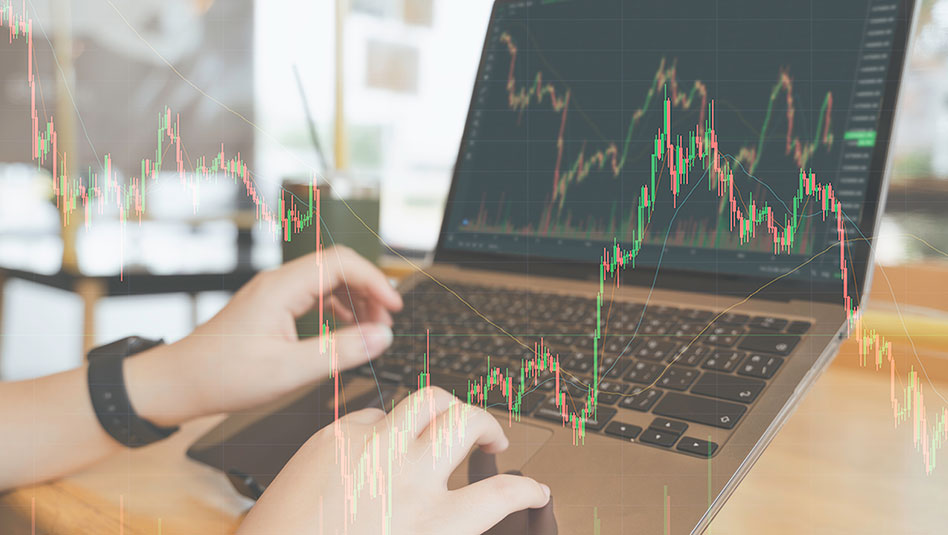
 DOWNLOAD
DOWNLOAD





